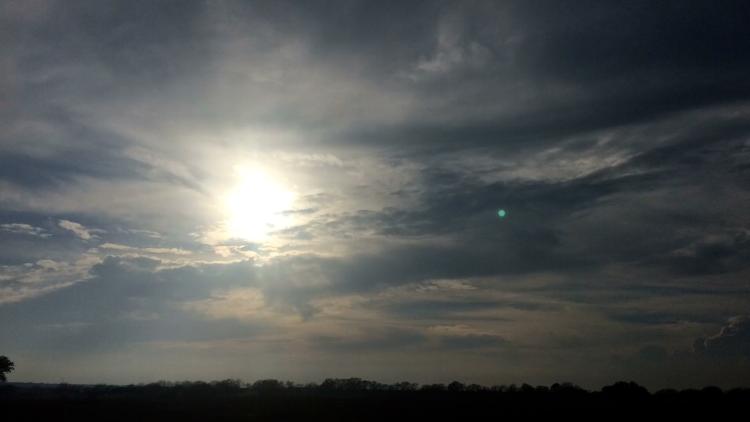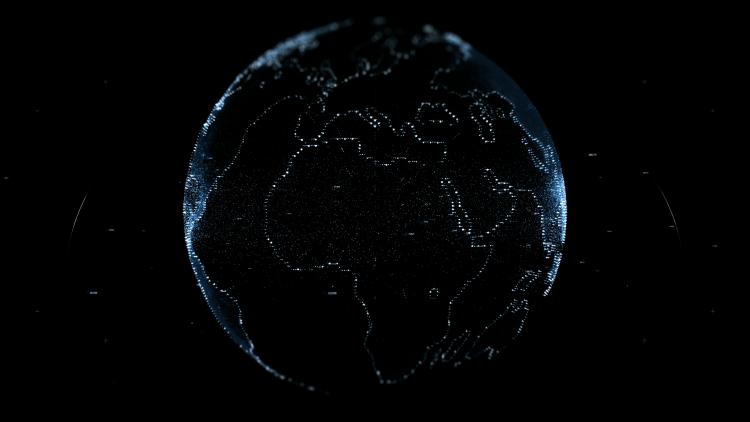
Galaxy hunter by night
Meet Maria Jose Marquez, one of many behind the Meteosat Third Generation mission

ESA/Mlabspace

ESA/Mlabspace
As we gear up for this year’s launch of the first of the Meteosat Third Generation satellites, we’re shining a spotlight on the experts who are making this mission happen.
The path to her doctoral work began with a spark of curiosity that she discovered through her work at EUMETSAT. As Quality Assurance Manager, Marquez works as a benevolent detective, collaborating with colleagues in the Meteosat Third Generation (MTG) programme to ensure that the ground segment runs effectively.
The MTG ground segment comprises antennas at four ground stations – two in Italy, one in Switzerland, and one in Romania – used to receive Earth observation data. These antennas are also essential for the flight operations team to adjust the satellites’ path and instruments in response to the satellites’ health.

With the recent launch of the first MTG sounding satellite, Meteosat Third Generation Sounder 1 (MTG-S1), Marquez and her team are busy helping to ensure that the ground segment works as efficiently as possible now that the satellite is in orbit. This entails working with the engineers in charge of commissioning the satellite, the phase in which the performance of the instruments is checked to prepare the satellite to deliver real data to the people who use them.
Marquez and her team conduct inspections of the ground segment software used for processing the satellite data and operate test campaigns in which they work through simulated situations. In addition, they support a range of experts during key steps in commissioning, which can sometimes be very stressful.
“Not everyone who works in quality assurance is wired to be able to handle that well,” she said. “We have a lot of input coming in but need to remain calm and effective.”
What motivates Marquez is the understanding of how these tasks contribute to the greater goals of the Meteosat Third Generation mission to improve the monitoring and forecasting of severe weather and tracking long-term climate change.
“We are changing the world by learning from the planet,” she said. “And we are doing this for the good of humanity. I know that this is very idealistic, but it can be mapped to the practical, daily activities I do with my team. For me, this is a very strong source of inspiration.”
Author:
Sarah Puschmann


